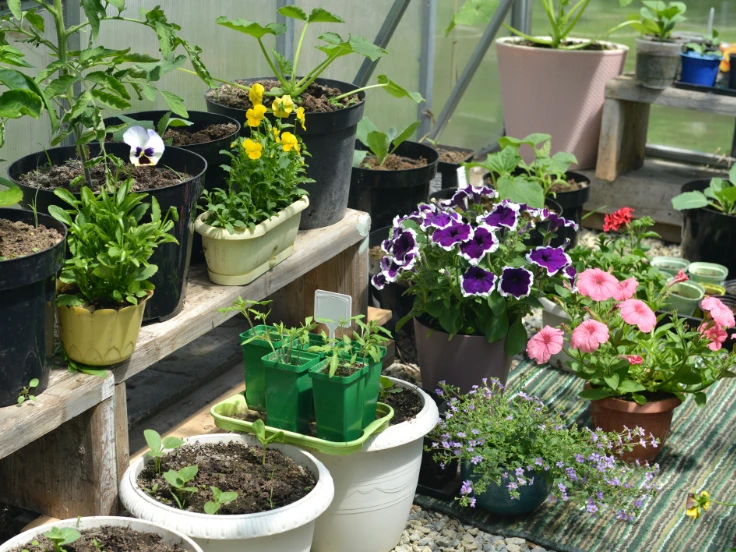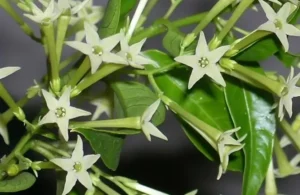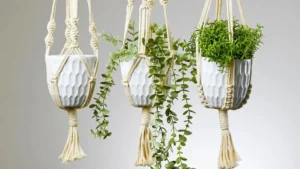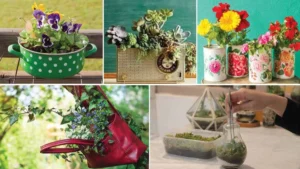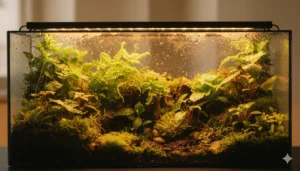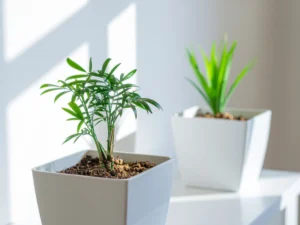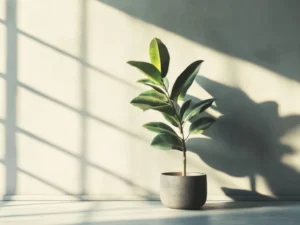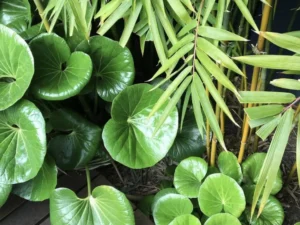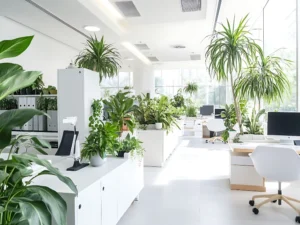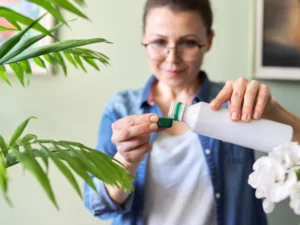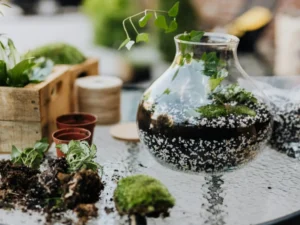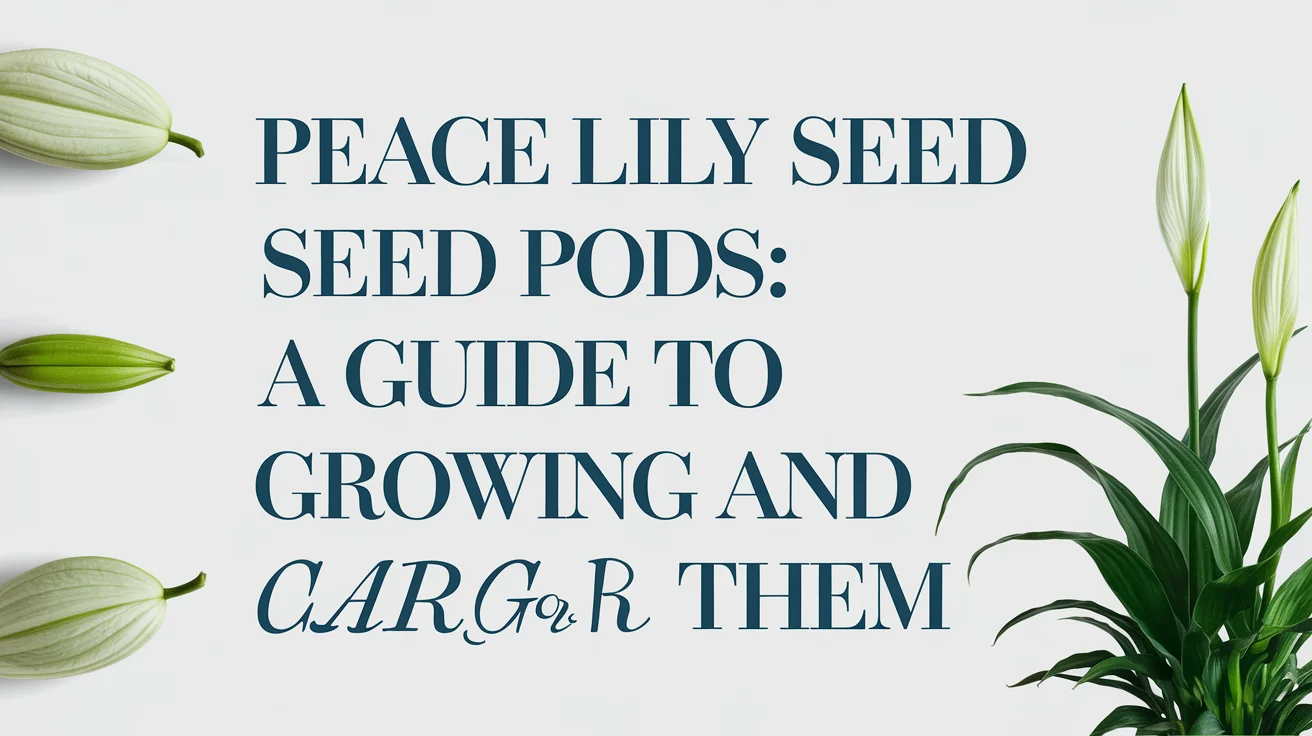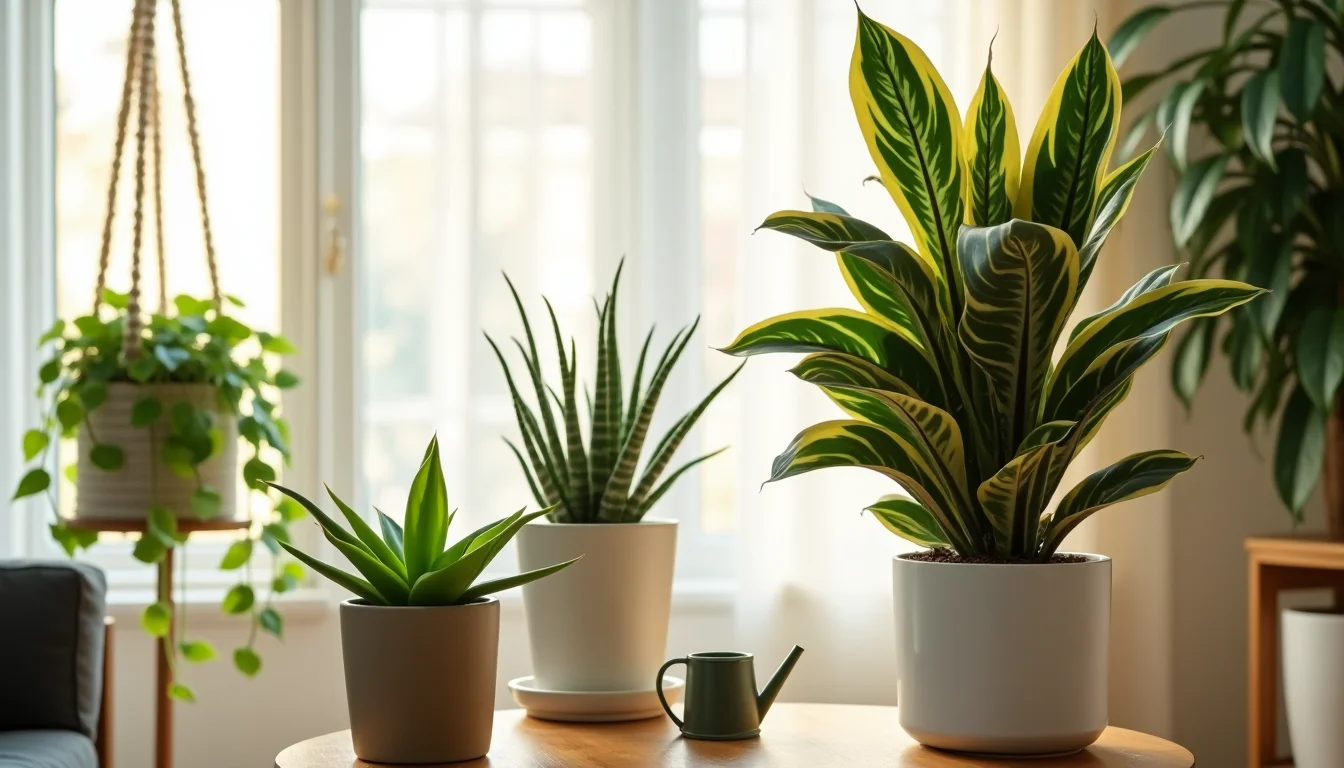If you’ve ever wished to bring nature into your home, potted plants and flowers are the perfect way to do so. They enhance indoor air quality, uplift moods, and add an artistic touch to any environment. Whether you live in an apartment or a house, potted plants and flowers let you create a relaxing green space that reflects your personality.
These living decorations don’t just beautify your space they promote well-being, boost creativity, and connect you with nature. In this comprehensive guide, you’ll learn how to choose, grow, and care for potted plants and flowers so they thrive beautifully year-round.
Why Choose Potted Plants and Flowers?
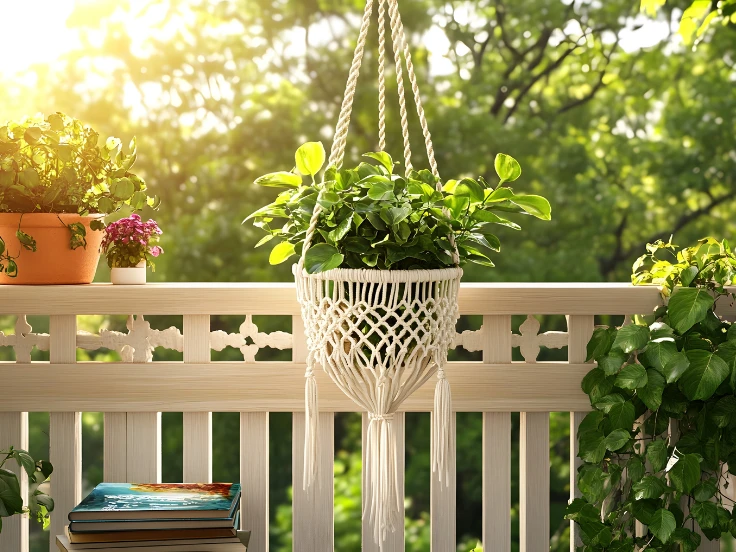
Adding potted plants and flowers to your home offers numerous benefits. Firstly, they purify indoor air by absorbing toxins like formaldehyde and benzene. Secondly, they release oxygen, keeping your environment fresh and revitalized.Moreover, studies show that indoor greenery reduces stress, enhances focus, and improves emotional health.
For those working remotely, potted plants make excellent office companions bringing calm and creativity to your workspace.In addition, they’re incredibly versatile. You can rearrange pots easily, change containers to suit décor styles, or move them to optimize light. Consequently, even small apartments can enjoy the freshness of nature indoors.
Types of Potted Plants and Flowers
When it comes to potted plants and flowers, the variety available is truly inspiring. From lush foliage to vibrant blooms, each type brings unique charm and character to your indoor garden. Choosing the right combination not only enhances beauty but also ensures that every plant thrives in your specific home environment.
Popular Indoor Potted Plants
-
Snake Plant (Sansevieria): Extremely low-maintenance and tolerates low light.
-
Spider Plant (Chlorophytum comosum): Adaptable, ideal for beginners, and produces baby shoots.
-
Peace Lily (Spathiphyllum): Elegant with glossy leaves and occasional white blooms.
-
ZZ Plant (Zamioculcas zamiifolia): Survives low light and irregular watering.
-
Pothos (Epipremnum aureum): Fast-growing, easy to propagate, and excellent for hanging pots.
Flowering Potted Plants
-
African Violet (Saintpaulia): Compact, colorful, and blooms throughout the year.
-
Orchid: Exotic flowers that thrive with moderate humidity and indirect light.
-
Begonia: Offers both decorative foliage and bright blossoms.
-
Kalanchoe: A succulent producing clusters of vivid flowers.
-
Geranium: Long-lasting blooms with a light, pleasant fragrance.
Transitioning from foliage to flowering plants helps you mix visual textures and add seasonal beauty.
Choosing the Right Potted Plants and Flowers
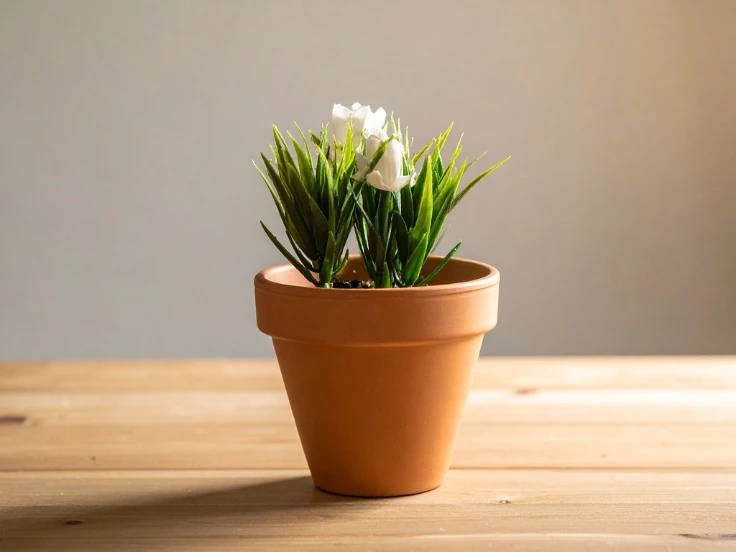
Selecting the perfect potted plants and flowers for your home requires more than just picking what looks beautiful. Each plant has its own needs in terms of light, water, and temperature. Therefore, understanding your space and lifestyle helps you choose species that will flourish effortlessly while complementing your interior décor.
Understand Light Conditions
Every plant has its light preference. For instance, peace lilies and ZZ plants perform well in medium light, while succulents and orchids demand brighter exposure. Observe how much natural sunlight your room receives before making a choice.
Match Plant to Your Lifestyle
If you travel frequently or tend to forget watering, go for low-maintenance options like the snake plant or pothos. However, if you enjoy hands-on gardening, flowering species such as orchids or African violets can be rewarding.
Pick Suitable Containers
The pot you choose affects drainage and plant health. Terracotta pots allow airflow and prevent root rot, while ceramic or decorative planters add a stylish touch. Always ensure pots have drainage holes to avoid overwatering problems.
Consider Room Aesthetics
Beyond practicality, potted plants are part of your home’s visual design. Combine different pot colors and materials from rustic clay to glossy ceramic to complement your interior style.
Caring for Potted Plants and Flowers
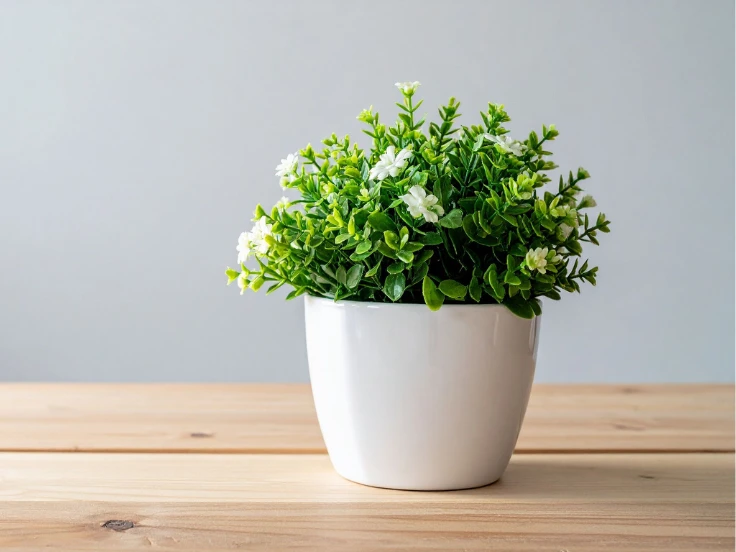
Properly caring for potted plants and flowers is the key to keeping them healthy, vibrant, and long-lasting. Even the most beautiful plants can struggle without consistent care and the right environment. By mastering essential techniques like watering, lighting, pruning, and feeding, you’ll ensure your indoor garden thrives all year round.
Soil, Watering, and Fertilizing
A high-quality potting mix is essential for plant health. Avoid garden soil; it’s too dense for containers. Instead, choose soil blends that drain well and are enriched with perlite or coconut coir.
When watering, remember that less is often more. Water only when the top inch of soil feels dry. Too much moisture can suffocate roots. Furthermore, fertilize every 2–4 weeks during spring and summer using a balanced, water-soluble fertilizer diluted to half strength.
Humidity, Airflow, and Temperature
Most indoor plants thrive in moderate humidity levels between 40% and 60%. You can increase humidity by misting leaves, grouping plants together, or using a humidifier. Additionally, ensure good airflow to prevent mold or fungus growth.Maintain consistent room temperatures (18–25°C). Avoid placing pots near heaters, radiators, or drafty windows.
Pruning and Repotting
Pruning helps maintain shape, encourages growth, and removes damaged leaves. Trim yellowing or brown tips regularly. Repot your plants every one to two years, or when roots outgrow the pot.Repotting not only gives roots more space but also refreshes the soil’s nutrients ensuring healthier, more vibrant plants.
Design and Styling Ideas for Potted Plants and Flowers
Designing with potted plants and flowers allows you to express creativity while bringing balance and harmony to your living space. Whether you prefer modern minimalism or a cozy natural vibe, the right arrangement of pots and blooms can completely transform your room. Thoughtful styling turns ordinary plants into stunning décor statements that refresh your environment and mood.
Create a Green Corner
Dedicate one area in your living room or balcony to display various potted plants and flowers. Combine tall plants like fiddle leaf figs with smaller blooms like African violets for layered beauty.
Use Vertical and Hanging Planters
If floor space is limited, use wall-mounted or hanging planters. This not only saves space but also adds a dynamic vertical dimension to your interior.
Blend with Home Décor
Coordinate pots with furniture and color themes. White ceramic pots work well in minimalist spaces, while terracotta adds warmth to rustic settings.
Rotate Seasonally
Switch your display every few months. Bright flowering plants can dominate during spring and summer, while foliage plants can take center stage during autumn and winter. This rotation keeps your space lively and ever-changing.
Common Problems and Solutions
| Problem | Likely Cause | Quick Fix |
|---|---|---|
| Yellow Leaves | Overwatering | Reduce watering frequency, ensure proper drainage |
| Brown Leaf Tips | Low humidity | Mist leaves or use a humidity tray |
| No Blooms | Poor lighting or nutrition | Move to brighter spot, fertilize regularly |
| Wilting Leaves | Underwatering or root rot | Check soil moisture and root condition |
| Pests | Dry air or poor hygiene | Wipe leaves, use mild insecticidal soap |
Transitioning through these small fixes can dramatically improve plant health over time.
Expert Tips for Thriving Indoor Greenery
-
Rotate Plants Regularly: Helps them grow evenly toward light.
-
Dust the Leaves: Clean leaves absorb more light, improving photosynthesis.
-
Use Decorative Pebbles: Pebbles enhance pot design and help retain moisture.
-
Don’t Overcrowd: Allow enough space for air circulation between pots.
-
Observe Daily: Early detection of pests or diseases prevents damage.
For detailed guides on specific plants, you can explore resources like The Spruce Gardening Guide an excellent reference for home plant enthusiasts.
Environmental and Psychological Benefits
Aside from beauty, potted plants and flowers contribute to mental wellness. Studies published by the Journal of Environmental Psychology reveal that indoor plants reduce anxiety and enhance concentration.Furthermore, caring for plants fosters a sense of responsibility and mindfulness.
Watering, pruning, and observing new growth connect you with nature, even in urban settings. Environmentally, indoor plants regulate humidity and absorb carbon dioxide, improving air circulation. In other words, they are natural air purifiers that promote healthier living spaces. To keep your plants thriving, proper nutrition is also essential—learn how to feed your Mandevilla plant effectively here.
Frequently Asked Questions (FAQs)
Q1: How often should I water potted plants and flowers?
Water when the top inch of soil feels dry. Overwatering is a common mistake, so ensure good drainage.
Q2: Can I keep potted plants in low light?
Yes, plants like ZZ plant, snake plant, and pothos tolerate low-light conditions.
Q3: What fertilizer works best for flowering plants?
A balanced 10-10-10 or 20-20-20 water-soluble fertilizer is ideal during active growth periods.
Q4: How do I prevent pests naturally?
Use neem oil sprays, maintain humidity, and wipe leaves regularly.
Q5: When should I repot?
Repot when roots are visible through drainage holes or the plant’s growth slows down significantly.
Conclusion
In conclusion, potted plants and flowers bring unmatched beauty and vitality to any home. They improve air quality, reduce stress, and express your personal style. By choosing the right species, providing proper care, and creatively styling your space, you can cultivate a thriving indoor garden.
Consistency, observation, and love are the secrets to flourishing greenery. So, start your journey today, bring nature indoors, nurture your potted plants and flowers, and watch your space bloom with life and positivity. For example, understanding the unique care needs of different plants, such as knowing whether an aloe plant is a cactus or not, can help you provide the right environment and care for each species. Learn more about this here.

